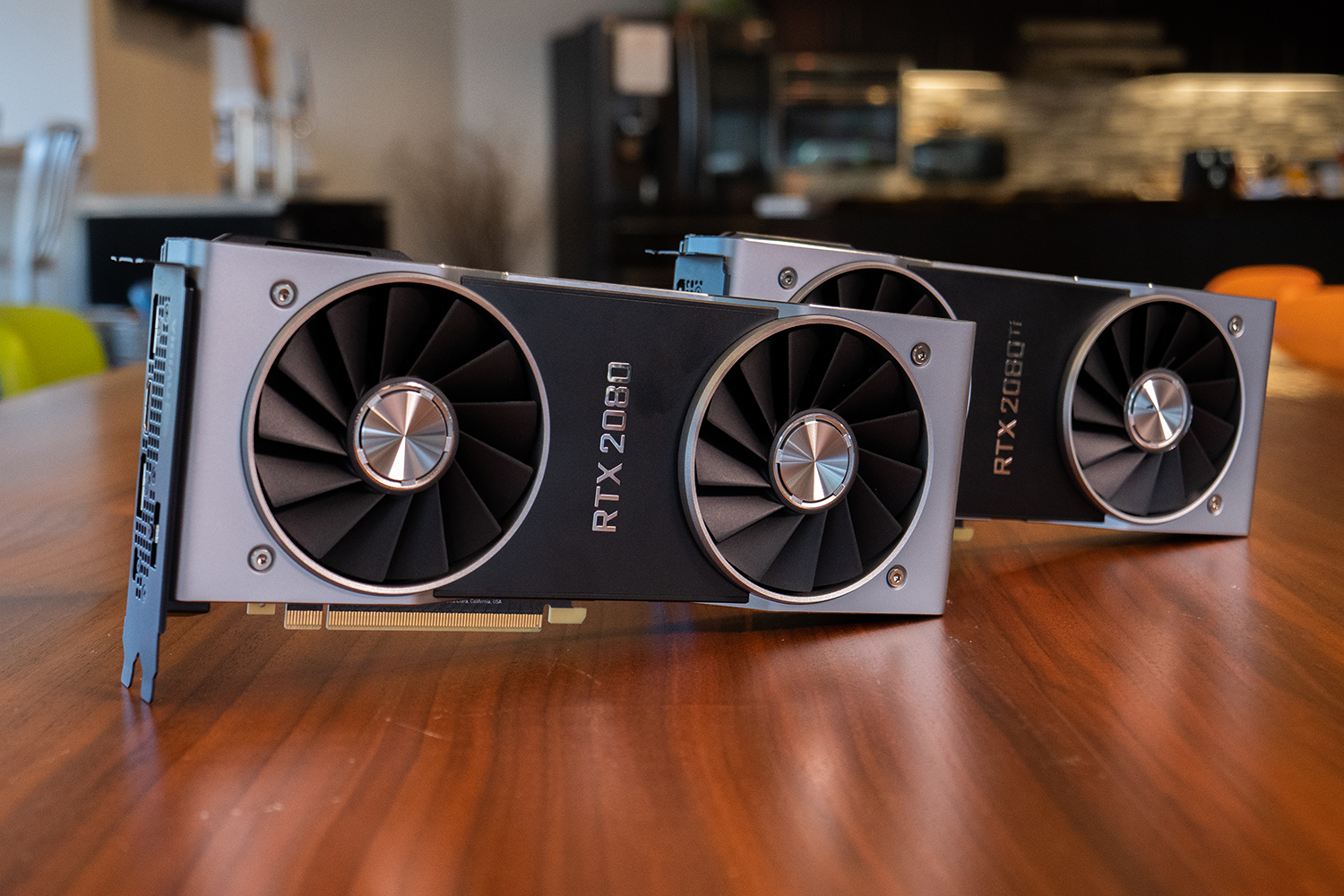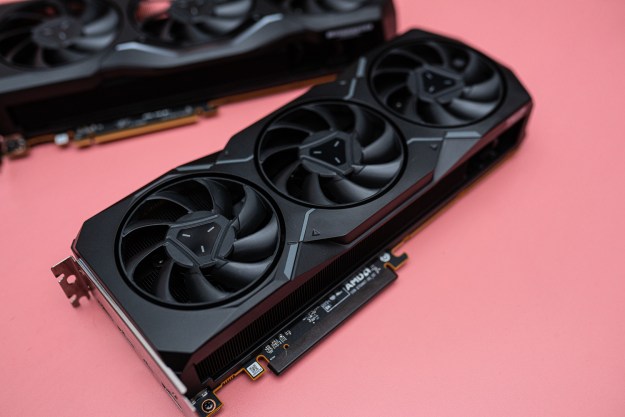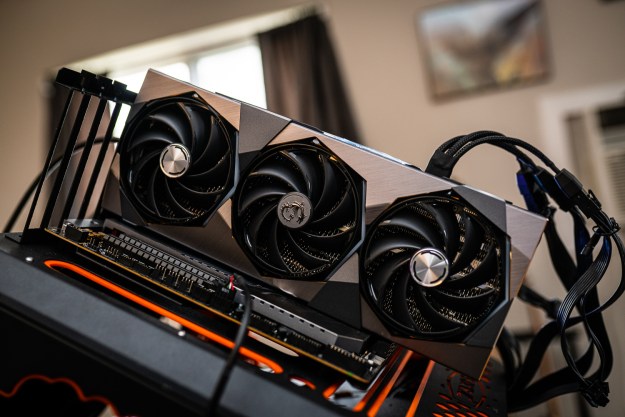
Concerns are mounting over the failure rate of Nvidia’s RTX 2080 Ti graphics card, with increasing numbers of reports of dead and dying cards from early adopters. Some display issues involve artifacting and instability immediately after being installed, while others begin to show signs of degradation after a few days, despite a lack of manual overclocking or voltage manipulation.
Nvidia’s recently released RTX Turing graphics cards are the most powerful consumer GPUs ever made and support exciting new gaming visual features like deep learning supersampling (DLSS) and ray tracing. The performance enhancement over the last generation isn’t as dramatic as first hoped, however, and inflated pricing has left some concerned about the real audience for such cards. Mere weeks after they became widely available, quality assurance concerns now join those earlier issues.
Threads have been cropping up on Nvidia’s forum about dead and dying RTX 2080 Ti cards for weeks now, with almost every thread filled with hundreds of comments highlighting crashes, black screens, blue screen of death issues, artifacts, and cards that fail to work entirely. There are some reports of issues with the 2080, too, but the majority reference problematic 2080 Ti cards.
Reddit threads with a similar theme have been appearing as well, detailing the RMA process that many users are now going through. Worse still, some users who have been issued a replacement card by Nvidia have then been forced to return that one too, suggesting that in some cases at least, the problem users are facing is not solved by simply giving them a new graphics card. That could hint at some sort of architectural defect.
The problems appear to primarily be affecting those with Founders Edition versions of the 2080 Ti, though some users with third-party cards from Gigabyte and Asus have also reported failures and problems with their new GPUs.
In response to a request for comment, Nvidia told Digital Trends that it was, “working with users individually but we are not seeing any broader issues.”
It is worth noting that failure numbers may be skewed by the fact that people who aren’t facing problems are unlikely to report back with similar zeal. However, the similar issues that appear to be arising for such large numbers of 2080 Ti owners is cause for concern.
Some users have been additionally disgruntled by what they claim is a demand that they pay for return shipping on their faulty graphics cards. Senior PR manager at Nvidia, Bryan Del Rizzo, denied this, telling Digital Trends: “All RMAs are sent a prepaid shipping label. That is a global process and has been the case for as long as I can remember.”
Updated October 30, 2018 with Nvidia’s statements.
Editors' Recommendations
- Nvidia RTX 50-series graphics cards: news, release date, price, and more
- Why I’m feeling hopeful about Nvidia’s RTX 50-series GPUs
- AMD just did Nvidia a serious favor
- Nvidia’s RTX Video can upscale blurry YouTube videos
- Why I regret buying the RTX 4080





